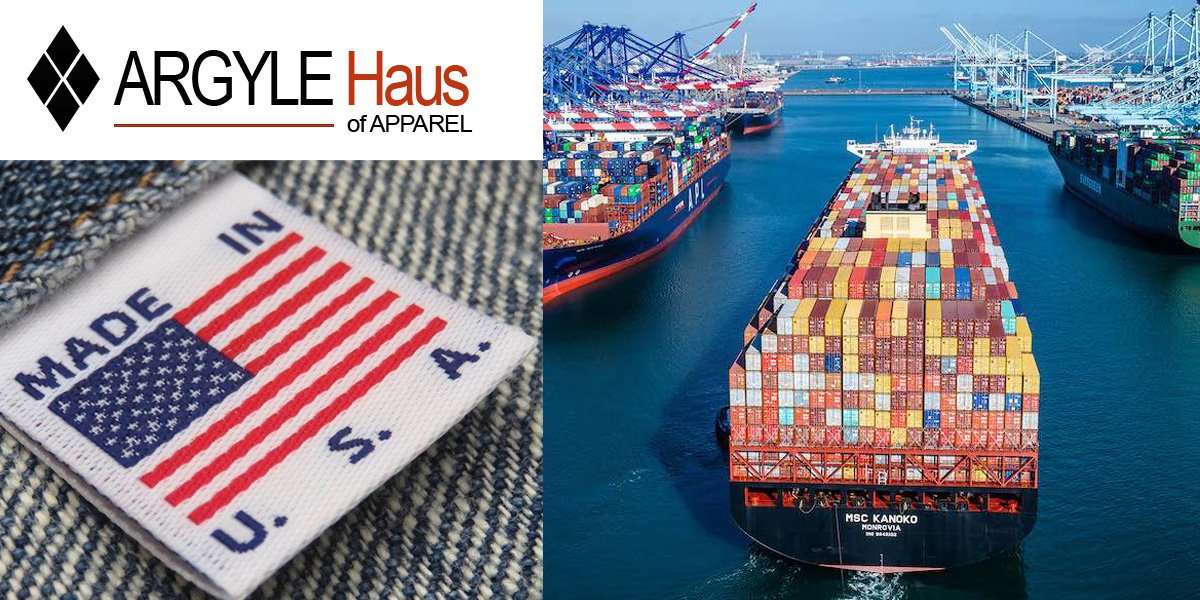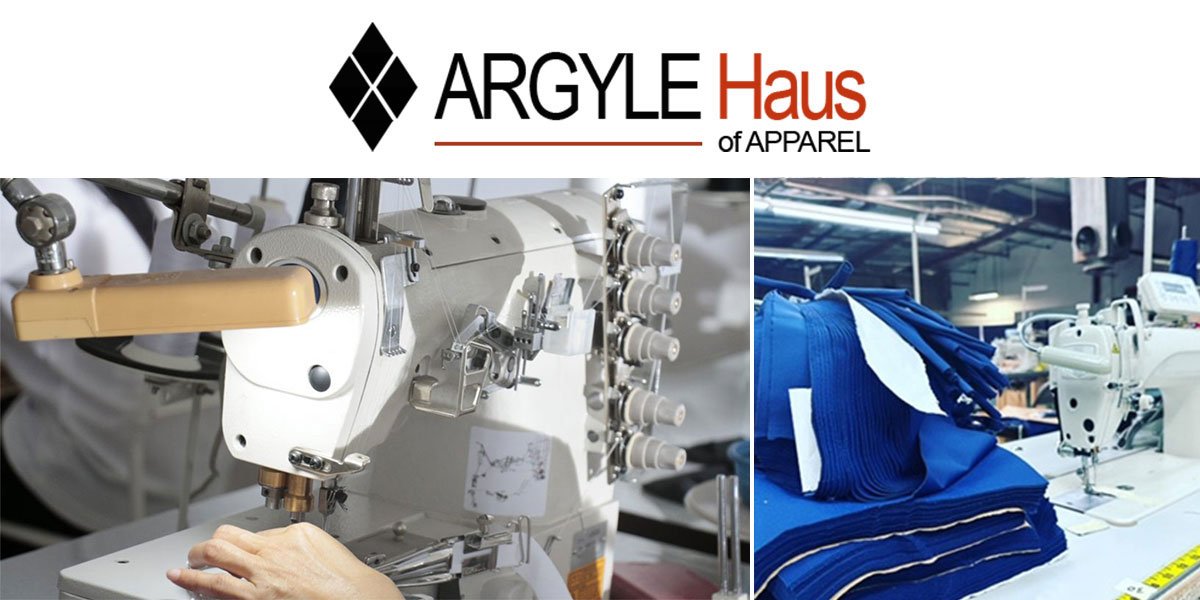In part 2 of our Garment Labeling 101 series we explore the proper use of the “Made in the USA” claim on apparel products. This area of the apparel industry is regulated by the Federal Trade Commission (“FTC”). FTC policy require that all garments sold in the US must properly disclose its country of origin. Since some consumers look specifically for products made in America, manufacturers are eager to claim “Made in the USA” on their products. However, before you put a “Made in the USA” label on one of your garments, you should be aware of the stringent requirements to make such a claim.
According to FTC policy, any product that makes an unconditional “Made in the USA” statement has to be “all or virtually all” made in America. What that means is that an apparel product must not only be assembled (cut and sewn) in the USA, but 95% of its significant components (fabric and trim) must also be made in the USA. False or improper garment labeling can have significant ramifications including, but not limited to, fines imposed on the manufacturer by the FTC.
For apparel products, to put a generalized “Made in the USA” statement on a label, the garment must have been made in the USA of materials manufactured in the USA (although the material itself can be made of imported fiber or yarn). This presents a significant problem to clothing manufacturers, because right now the U.S. is only responsible for less than3% of the global output of raw materials (fabric and trim). The vast majority of materials are currently imported to the USA from China, India, Italy, Turkey, and Egypt. There’s simply not the enough fabric manufacturing in America at the moment to supply all of the Country’s garment manufacturers.
Fortunately, the FTC allows what they call a “qualified” statement of USA origin on garments, which gives more details about what parts of the product can be considered American-made. For example, a dress assembled in the USA with silk imported from India must be labeled “Made in the USA with imported fabric.”
As a result, there are essentially two types of statements that a manufacturer can use to claim its products are American-made:
- “Made in the USA”
Assembled in the USA with at least 95% of its materials also from the USA
- “Made in the USA with Imported Fabric”
Assembled in the USA with materials sources from outside the USA
The point of these strict rules is to avoid creating the impression that a product has more U.S. content than it actually does. For more details, check out the FTC’s advice on complying with its Made in the USA standards.






